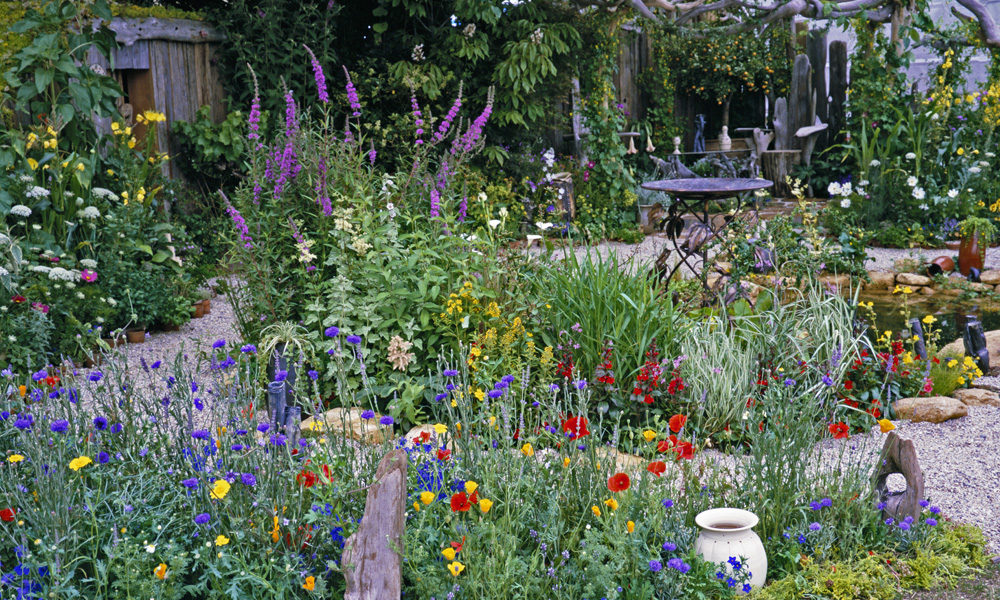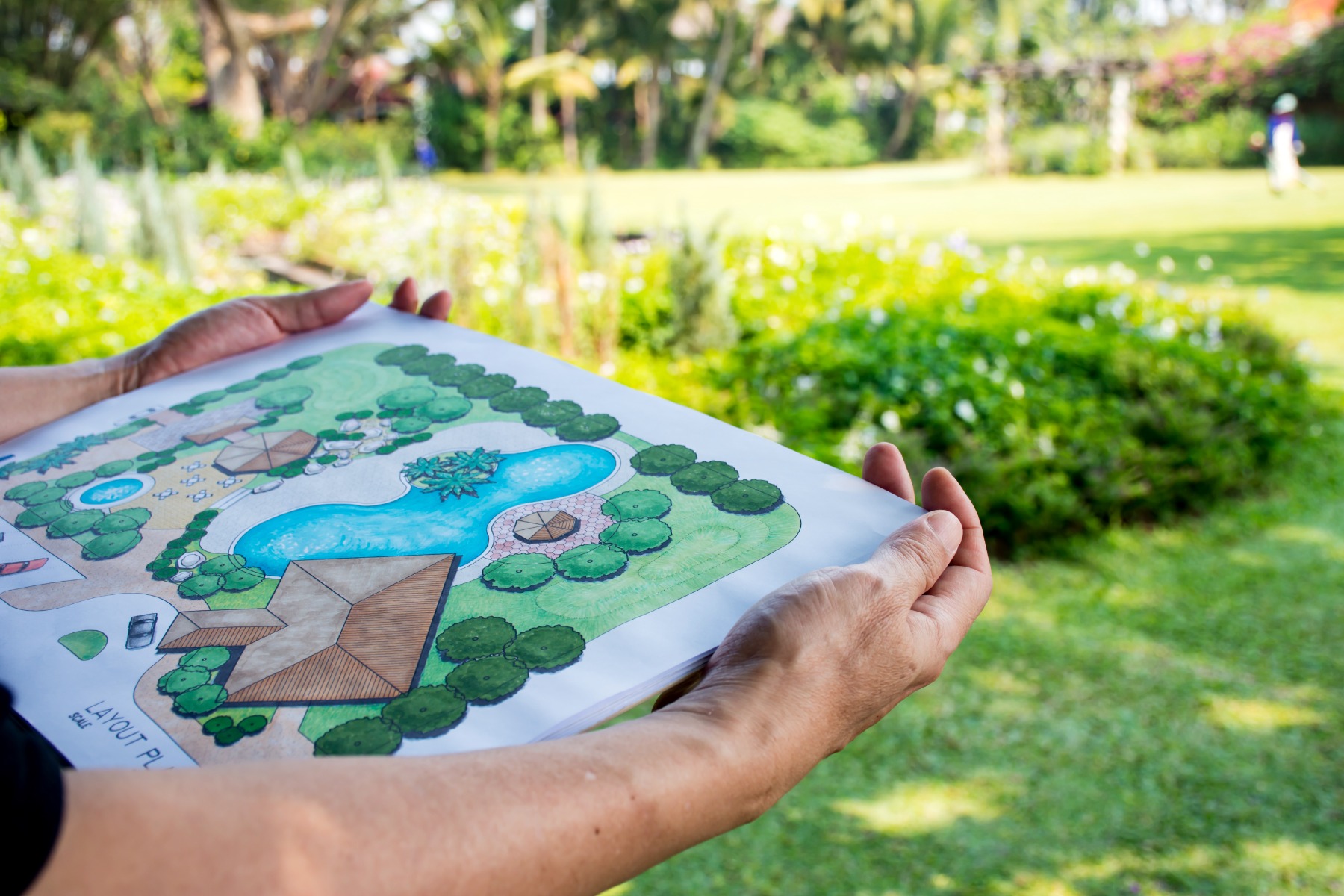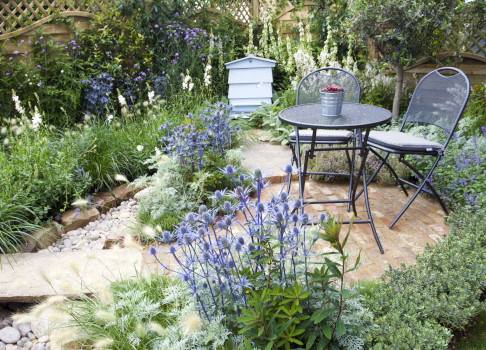How to Plan & Perform a Garden Makeover
How to Plan & Perform a Garden Makeover

A garden makeover can seem a mammoth task but, in our humble opinion, is always a worthwhile endeavour! Not only does it add value to your home - it more than pays for itself when the outside space can become an extension of the inside.
A garden makeover can seem a mammoth task but, in our humble opinion, is always a worthwhile endeavour! Not only does it add value to your home - it more than pays for itself when the outside space can become an extension of the inside. Just like renovations in the home, it is worth taking the same level of planning and preparation for a garden makeover. Garden design for different gardens can take a while to study, however, by following these simple steps you can reap the rewards of a well-planned garden makeover of your very own as you know your garden better than anyone.

Prepare a Wish List

It is a good idea to make a wish list of all the things you would like from your garden – modern urban or country cottage style? Prairie planting or woodland wonderland? Draw upon the colours and textures you love to inform your planting and materials. Think about how you want to use the garden – long lunches in the sunshine, or would you like space for growing your own cut flowers or vegetables? Maybe your garden needs to double up as a play area for children or pets? It is also sensible to consider how much time you are willing to dedicate to maintenance throughout the year once you have your dream garden and have a clear idea of budget too.
Make a mood board

Apps like Pinterest and Instagram are an ideal way to gather inspiration for a garden makeover as well as magazines and, of course, the hayloft website. Collate pictures of plants and flowers you like, garden styles which appeal and seating areas as well as ‘hard landscaping’ (paving and fencing) that you would like to include. These form the ‘backbone’ of the garden.
Consider which elements of your current garden you would like to keep, for example a path or patio – maybe the fence still has some life left in it but would benefit from a jet wash and a lick of paint?
The science bit
It is worth finding out what soil type your garden has. A lot of plants are broadly tolerant although there are some will not survive in alkaline soil – for example some heathers and rhododendrons – and vice-versa. Differing soil types can affect the colour of some flowering plants – hydrangeas are one such example; blue hydrangeas insist on acidic soil and will lose their hue, though in alkaline soil they will be pink. Another thing to contemplate is ‘aspect’ – which direction does the garden face? South facing gardens will be in full sun for most of the day, whereas gardens facing the north will have dappled shade for a lot of the time. East and west facing gardens will have sun for part of the day so it is worth taking this into account to ensure that the right plant is in the right place.
Size it all up

The next step is to measure out your garden, gather the dimensions of the width and length and remember to account for the height of your boundaries and any changes in levels. Sketch this out to scale on large paper using pencil and ruler and, if possible, take a few copies so that you can try out different ideas.
Design how you envisage your new garden will look using the mood boards to guide you - this will help you to understand the space you have and if your dreams will work in reality.
Start with the hard landscaping and the structural elements such as boundaries, paths and patios. Then position other large elements, for example, a lawn, trees, seating and storage. Add the aspect of the garden to your diagram to help you plan – for instance, a seating area would work best in the space where the evening sun hits, while if you have a south facing garden it may be worthwhile considering a tree to cast some shade.
Finally, add in borders and suggested plants to your plan. Start with the larger plants and shrubs towards the back of the border and graduate forwards with smaller plants. Incorporate year-round seasonal interest with plants like Viburnum Tinus which will give wonderful evergreen structure or Cornus varieties such as ‘Midwinterfire’, ‘Sibirica’ to provide stunning winter colour. Remember to make a list of the plants in preparation for ordering.
Time for action
Once you are happy with your plan and start with the big structural changes as though to – creating the foundations for the rest of the scheme and working systematically through to the final planting stage.
Take your time in curating the borders. Place the plants in their pots on the ground and assess whether they look good, continuing to make adjustments until you are happy with the positioning before planting in. Consider the height, colour and seasonality – at this stage it is fine to stray creatively from the plan and go with your instinct.
A common pitfall is that people underestimate timeframes – with the excitement of a new garden is understandable! However, Rome wasn’t built in day so pace yourself and enjoy the journey - your garden (and your back) will be grateful!
It pays to make sure you have the correct tools for the job – most common garden tools are more than adequate for smaller garden makeovers. Do, however, consider hiring tools for more laborious jobs such as turf removal or major digging/levelling and remember, unlike a house renovation, gardens take time to establish. Be patient and reward your hard work by watching your new garden grow.
Tweaking and twiddling
There are a few simple and effective things which can elevate a nice garden to a fantastic garden. Maintenance jobs such as painting the fence can give it a whole new lease of life - try dark colours like black or navy blue to make small spaces feel bigger and really make plants stand out. Alternatively, light colours like white or cream will give a lovely coastal, holiday feel.
Accessories such as lighting, sculptures and water features can make a real difference to the new scheme and help to pull everything together whilst injecting your personal style and identity to your new garden.
Autumn is an ideal time to begin this visualising and planning exercise and, providing the weather is neither too cold nor too wet, the hard landscaping can commence as soon as you have your plans on paper. This way succession planting begins with the new growing season too…


